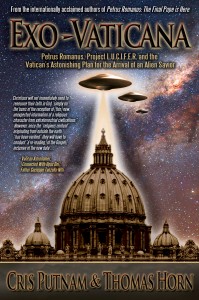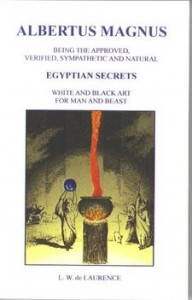 Did you know that there’s a telescope called L.U.C.I.F.E.R. built next to the Vatican’s observatory in Arizona? Now do you remember that the Catholic Church said it’s OK to believe in aliens and that they would even baptize one? So that leaves the big question: What if God and E.T. are the same thing? Tonight on Ground Zero, Clyde Lewis is joined again by researcher and documentarian Cris Putnam (previous episodes) to discuss his forthcoming film ‘Exo-Vaticana: Petrus Romanus, PROJECT L.U.C.I.F.E.R., and the Vatican’s Astonishing Exo-Theological Plan for the Arrival of an Alien Savior‘ and much more. This is not a second coming, this is ‘Exo-Cathedra: The Second Incarnation‘!
Did you know that there’s a telescope called L.U.C.I.F.E.R. built next to the Vatican’s observatory in Arizona? Now do you remember that the Catholic Church said it’s OK to believe in aliens and that they would even baptize one? So that leaves the big question: What if God and E.T. are the same thing? Tonight on Ground Zero, Clyde Lewis is joined again by researcher and documentarian Cris Putnam (previous episodes) to discuss his forthcoming film ‘Exo-Vaticana: Petrus Romanus, PROJECT L.U.C.I.F.E.R., and the Vatican’s Astonishing Exo-Theological Plan for the Arrival of an Alien Savior‘ and much more. This is not a second coming, this is ‘Exo-Cathedra: The Second Incarnation‘!
http://www.groundzero.fm/?p=episode&name=2013-02-06_20130205_groundzero.mp3
While I don’t agree with Clyde’s introductory monologue, we had a good interview and I was amazed that we found an astonishing similar plan to incarnate an savior figure via evolutionary mysticism associated with UFOS and aliens.





